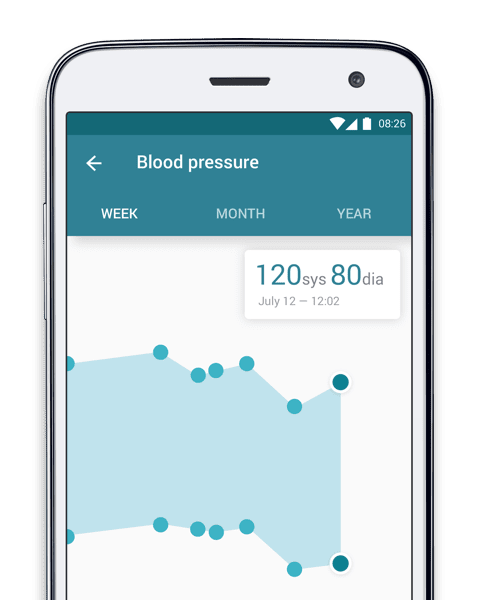An image of something known as the Alzheimer’s camel test has been circulating online since 2012. It has gone through brief ticks of increased popularity when shared by more popular outlets or figures on the internet and is still circulating social media today.
The Alzheimer’s Camel Test:
The Alzheimer’s camel test is the common name for a doctored image showing a face made of various animals. The original image did not even include the camel, but it was later photoshopped in. The image was shared with the claim that those who could spot the camel were at a lower risk for Alzheimer’s and those who couldn’t have a greater chance to develop the disease.

Try and spot the camel yourself. If you cannot, don’t worry, you have no reason to panic. There is no evidence to support claims that your ability or inability to spot a camel in the image has any link to your chances of developing Alzheimer’s. When claims about the image were brought before neurologists it was confirmed that the image was a hoax. Images like this are typically spread with the sole purpose of spreading fear and should be ignored. There are legitimate self-administered methods to identify the risk of developing cognitive diseases, but none are as simple as the Alzheimer’s camel test.
Alternative Self-Administered Exams:
If you are in a group that is at a higher risk for Alzheimer’s and are interested in other tests you can take at home, there are options. Unfortunately, none of them are quite as simple as looking at a static image and finding a camel. The most widely used exam that you can take at home is the self-administered gerocognitive examination, also known as SAGE. SAGE is a downloadable test that was developed by researchers at Ohio State University. The test takes roughly fifteen minutes to complete and should be taken to a doctor for further evaluation after completion.
Unfortunately for those hoping for an at-home test that would give them a diagnosis, no such exam has yet been developed. However, SAGE is an excellent way for doctors to quickly identify patients who have mild cognition or memory issues and should be subject to further testing. You can read more about SAGE here.
Alzheimer’s Risk Factors and Causes:
Beyond at-home tests, if you are concerned about Alzheimer’s, it is always a good idea to educate yourself on the causes and risk factors that may lead to its development. Researchers do not believe there is one central cause behind Alzheimer’s but that it may develop from a combination of different factors. Some risk factors, such as age and family history, cannot be controlled . However, others can be mitigated by lifestyle changes.
Age: The most associated risk factor with Alzheimer’s is age. Age is not a direct cause of Alzheimer’s, but most individuals affected by the disease are sixty-five or older. The risk of developing Alzheimer’s doubles every five years after an individual turns sixty-five. At age eighty-five, the risk becomes almost one-third.
Family History: A strong risk factor for developing Alzheimer’s is family history. Individuals with a direct relative who has Alzheimer’s are far more likely to develop Alzheimer’s themselves. Furthermore, this risk increases for every additional family member affected by the disease. That said, Alzheimer’s running in the family isn’t always a result of genetics, it can also stem from shared environmental factors that result in the development of the disease. It is estimated that around only 1% of patients develop Alzheimer’s as a result of genetics.
Other Risk Factors: Although no one can control their age or family history, there are other risk factors linked to Alzheimer’s that individuals can attempt to mitigate if they are made aware of them. The first of these factors is a head injury. Those who suffer from head injuries are at a greater risk of developing cognitive diseases such as Alzheimer’s or dementia later in life. Taking precautions such as wearing a helmet when riding a bike or wearing a seatbelt can help reduce the risk of a traumatic head injury and in turn reduce the risk of developing Alzheimer’s.
Another way to mitigate the risk of developing Alzheimer’s is to maintain a healthy heart. Brain health has been linked to heart health as the heart is responsible for ensuring the brain receives all the blood it needs to function at the highest capacity. Furthermore, the risk of developing cognitive diseases has been linked to major heart problems such as strokes or heart attacks. Studies conducted on donated brain tissue have provided additional evidence of this heart-head connection and suggest that a healthy heart is important for maintaining a healthy mind.
Overall, it is important that individuals who are concerned about developing Alzheimer’s try and maintain a healthy aging process on the whole. This includes healthy dietary habits, avoiding tobacco, avoiding alcohol, and physical/mental fitness.
Conclusion:
Tests like the Alzheimer’s camel test may have a draw for individuals worried about developing cognitive illnesses but are entirely baseless. Fortunately, there are plenty of ways to take control of your mind’s health. By understanding better the risk factors and causes of Alzheimer’s as well as how to mitigate them, individuals can take steps to ensure a healthy mind. Thanks to the development of SAGE, it is even possible to take a legitimate test at home to identify risk early. Thankfully, there is no need for the Alzheimer’s camel test.
Here are some other posts we think you might enjoy:
Top 10 Dementia and Alzheimer’s Disease Blogs - 2019 Edition
“Is Alzheimer’s Hereditary?” – The Role of Genetics in Alzheimer’s Disease



